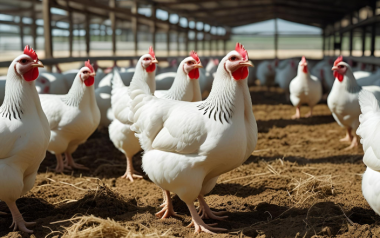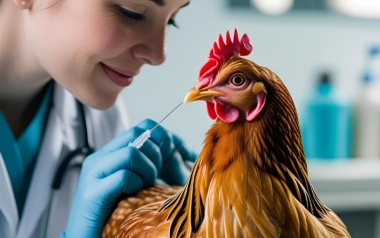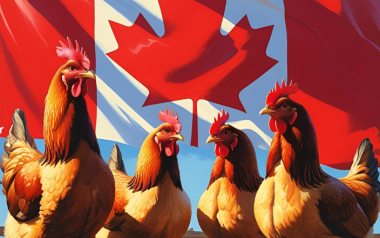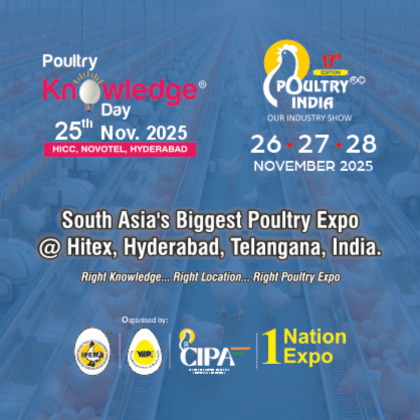Some studies indicate that viruses responsible for respiratory diseases such as Newcastle, Infectious Laryngotracheitis, and Avian Influenza may trigger colibacillosis. The immunosuppressive response produced in the Infectious Bursal Disease and the Chicken Infectious Anemia can also predispose a secondary infection with E. Coli.
08 Mar 2021
Understanding the basics of Colibacillosis in poultry productions
Colibacillosis is an infection that can be either localized or systemic caused by avian pathogenic E. Coli. Nowadays, colibacillosis is considered one of the major problems that the poultry industry faces because of the health and performance problems that it causes and the antibiotic resistance observed in this pathology.
Colibacillosis is an infection that can be either localized or systemic caused by avian pathogenic E. Coli. Nowadays, colibacillosis is considered one of the major problems that the poultry industry faces because of the health and performance problems that it causes and the antibiotic resistance observed in this pathology.
Clinical signs in poultry are very unspecific but may include cellulitis, septicemia, omphalitis, egg peritonitis, and granulomatosis. Moreover, it has been reported that E. Coli can be related to other diseases. This bacterium can act as the primary causative agent or as a secondary pathogen, complicating viral, bacterial, and parasitic diseases.
Since E. Coli is recognized as a natural inhabitant of the poultry intestinal tract, the oral-fecal route of infection has been described. However, some vectors and risk factors play an important role in the E. Coli spread. Darkling beetles, flies, insects, rats, and wild birds are known to contribute to the transmission of the bacteria.
Environmental factors linked to colibacillosis include poor ventilation and high ammonia levels, low water quality, vaccination stress, high stocking density, heat stress, peak of lay, and deficient hatchery hygiene, among others.
As mentioned previously, avian E. Coli exhibits an antibiotic resistance to a wide variety of compounds. Thus, treatments or prophylactic schemes based on antibiotics are not recommended. The current trend of using alternative methodologies to control E. Coli has demonstrated to produce good results. These alternatives are focused on the regulation and modification of gut microflora by controlling overpopulation.
The use of probiotics and prebiotics is the most common strategy to mitigate colibacillosis incidence in poultry productions. These compounds can minimize pathogenic bacterial intestinal colonization by competitive exclusion and stimulation of the immune system. Additionally, essential oils, organic acids, and bacteriophages have demonstrated their efficacy in reducing the E. Coli counts in the poultry intestinal tract. Some studies indicate these feed additives show antimicrobial activity, alter the intestinal pH and destruct bacterial cells.
Within the measures to reduce the risk of colibacillosis is the implementation of good hygiene practices in hatcheries, the maintenance of optimum environmental conditions inside the poultry house, and the administration of updated vaccination schemes, especially against E. Coli to preserve good health status in the farms.








































